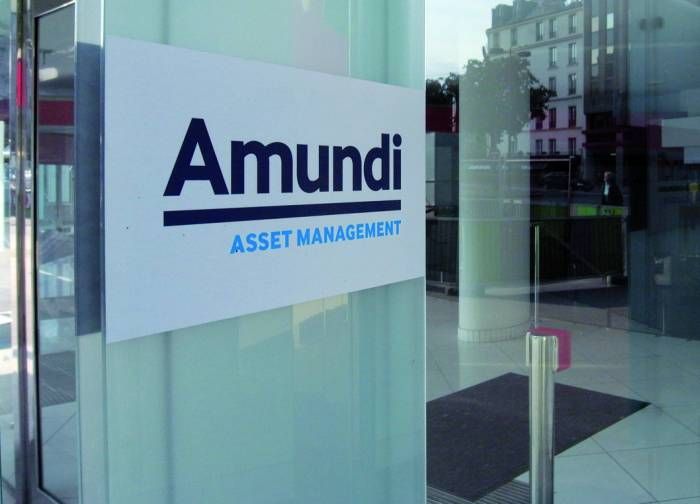Amundi US is building out its ESG lineup with a new separately managed account aimed at wealthy investors.
The Amundi US Equity ESG Improvers SMA is benchmarked to the S&P 500 Index and designed to hold between 40 and 70 stocks that represent a blend of current and future leaders in the ESG space.
The strategy has been available to investors outside the United States since 2020 and has grown to $150m.
With more than $2trn in total assets under management, Amundi is one of the world’s largest asset managers. It is also a leader in the ESG space with nearly half its assets described as ESG focused.
But it’s ESG footprint in the US is considerably smaller, with the new SMA joining five existing ESG-dedicated funds and one other ESG-focused SMA.
“As we continue to expand the breadth of ESG solutions tailored to different client segments in the US, we identified an opportunity to import an innovative strategy from Amundi’s ESG Improvers range of offerings available outside the US,” said Lisa Jones, president and chief executive of Amundi US.
“This ESG Improvers strategy may appeal to US investors looking for a core ESG holding with the potential to participate in the upside of companies that are expanding their focus on ESG,” she added.
According to Amundi documents, about a third of the new SMA will be represented by so-called current ESG leaders, with the remaining two-thirds allocated to improvers, or future leaders.
“We recognized that ESG ratings are at a point in time, and sometimes seen in a rear view mirror,” Jones said.
The investment opportunity, she explained, can be found by focusing on a “positive ESG trajectory.”
“That could create some alpha opportunities in the future, and we’re identifying those companies,” Jones said. “We’re working with our 45 ESG analysts and combining ESG ratings and our ESG view alongside and integrated into our analysis.”
She cited as an example a utility company that might have a poor current ESG rating, “but we know they’re taking the right step toward renewable energy transition.”
“We look at whether it could be more of a positive inclusion as opposed to exclusion,” Jones added.
This story first appeared on InvestmentNews.








